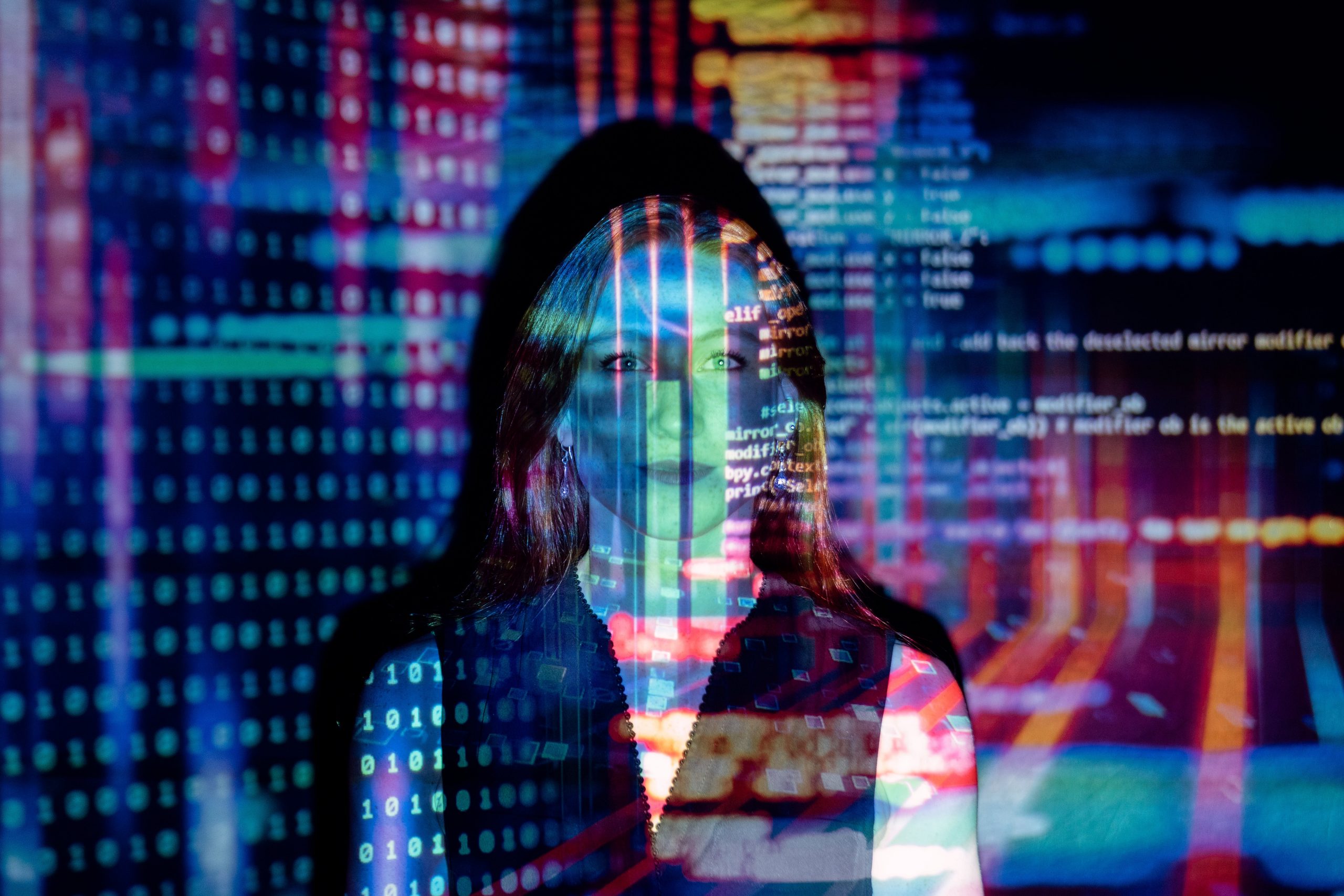The COVID-19 pandemic has brought many changes to the different societies greatly affected in the world. Industries have reported a loss of income, and it has become the norm to wear masks and practice social distancing. In the education sector, to hinder the spread of the virus, the majority of the schools transitioned to distance learning. When it comes to the future of higher education, a lot of discussions have also sprung up.
In the past few months, many economies around the world are starting to get back up and governments have started vaccinating their citizens. However, the effects of the pandemic have introduced many alternatives on how people do things, especially the education sector.
Below are some predictions on the possible changes many higher education institutions (HEIs) may experience after the pandemic:
More Flexible Type of Learning
Although distance learning, through home-schooling and online education has already been around even before the pandemic, it was only after it happened did those types of education become more of the norm than an alternative.
Now, education won’t just be limited to going to a physical school to learn with other people.
Instead of just focusing on physical classes, we may see more and more HEIs offering more online classes, or a hybrid of online classes and face-to-face classes.
Not only can this lower the cost of education, but it makes it more accessible to different people. Working individuals, some people with physical disabilities, and people who are already bound to their houses due to their familial responsibilities can make better use of this setup. Moreover, other students who are far from an institution can also access it as long as they have a laptop or a smartphone and internet connection.
Use of Augmented Reality in Education
In the coming years, we might also witness more use of Augmented Reality (AR) in education. AR, according to the Interaction Design Foundation is a computer-generated input that people can experience in the physical world. Those inputs can be in the form of sound, video, graphics, and GPS overlays. Moreover, those inputs or digital content respond in real-time. Although AR’s description sounds too futuristic, it has already been around for a long time. Also, in recent years, it has become more accessible to the majority of people. For example, the gaming company, Niantic, uses AR for the game Pokemon Go.
Now, the pandemic has made it more difficult for many students to experience the world around them. However, AR can remedy that. There are various ways AR can help transform education:
- It can help students to have a more immersive learning experience
- It can help imitate specific environments making the experience nearer the original
More Focus on Transferable Skills
The pandemic has also emphasized the importance of transferable skills, or skills you can use in different types of work or industry.
During the pandemic, many businesses and companies have reported bankruptcy forcing many workers to look for other jobs. According to LinkedIn’s Jobs on the Rise Report, there has been quite a huge demand for people with transferable skills in industries that have survived and become stronger due to the pandemic. Most of the individuals who were able to transition easily are those with transferable skills.
The future of higher education is continuously changing. To learn more, especially on how technology affects it, check out MSM Unify’s article on How Virtual Learning is Shaping the Way International Students Learn.














